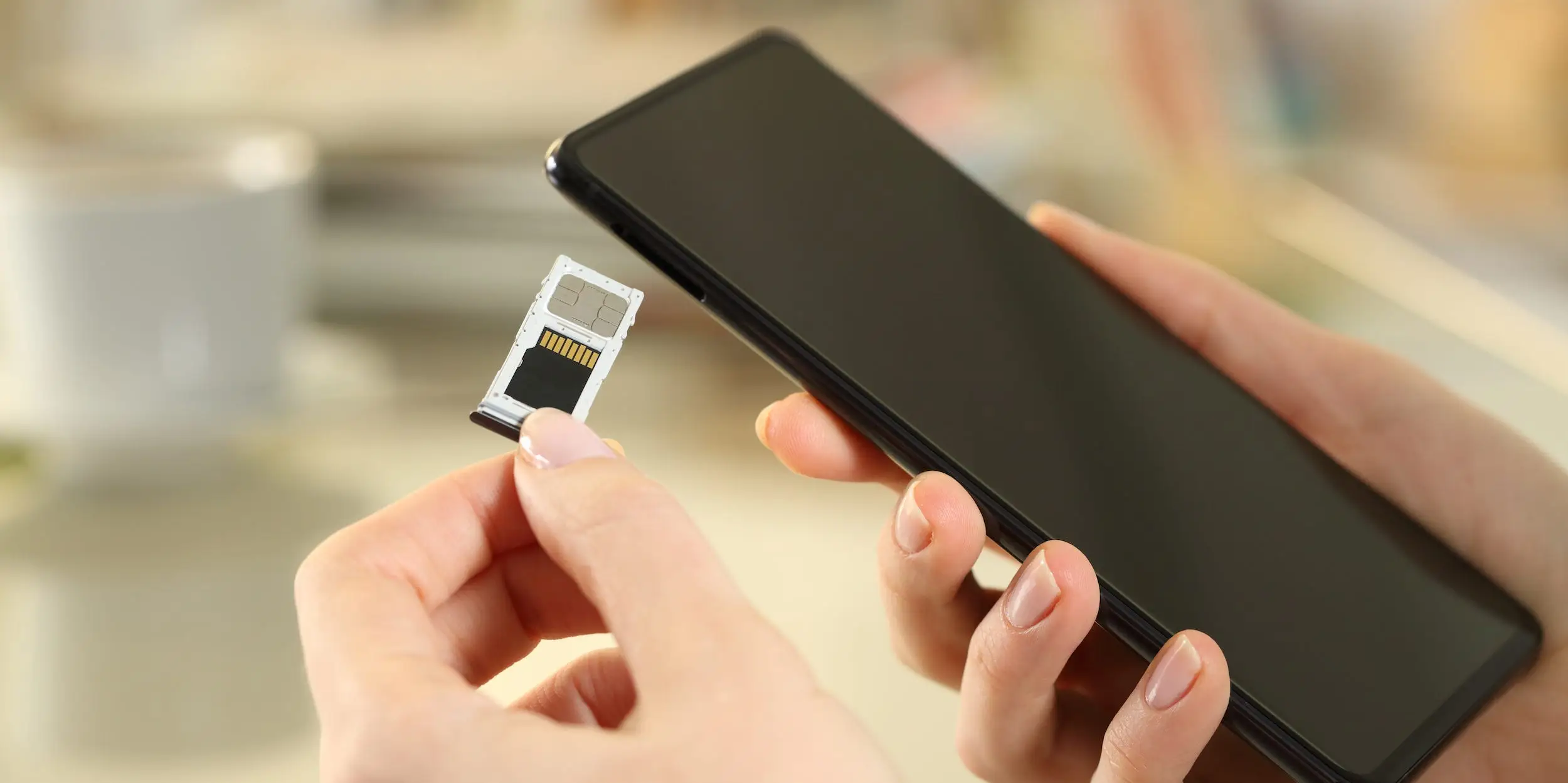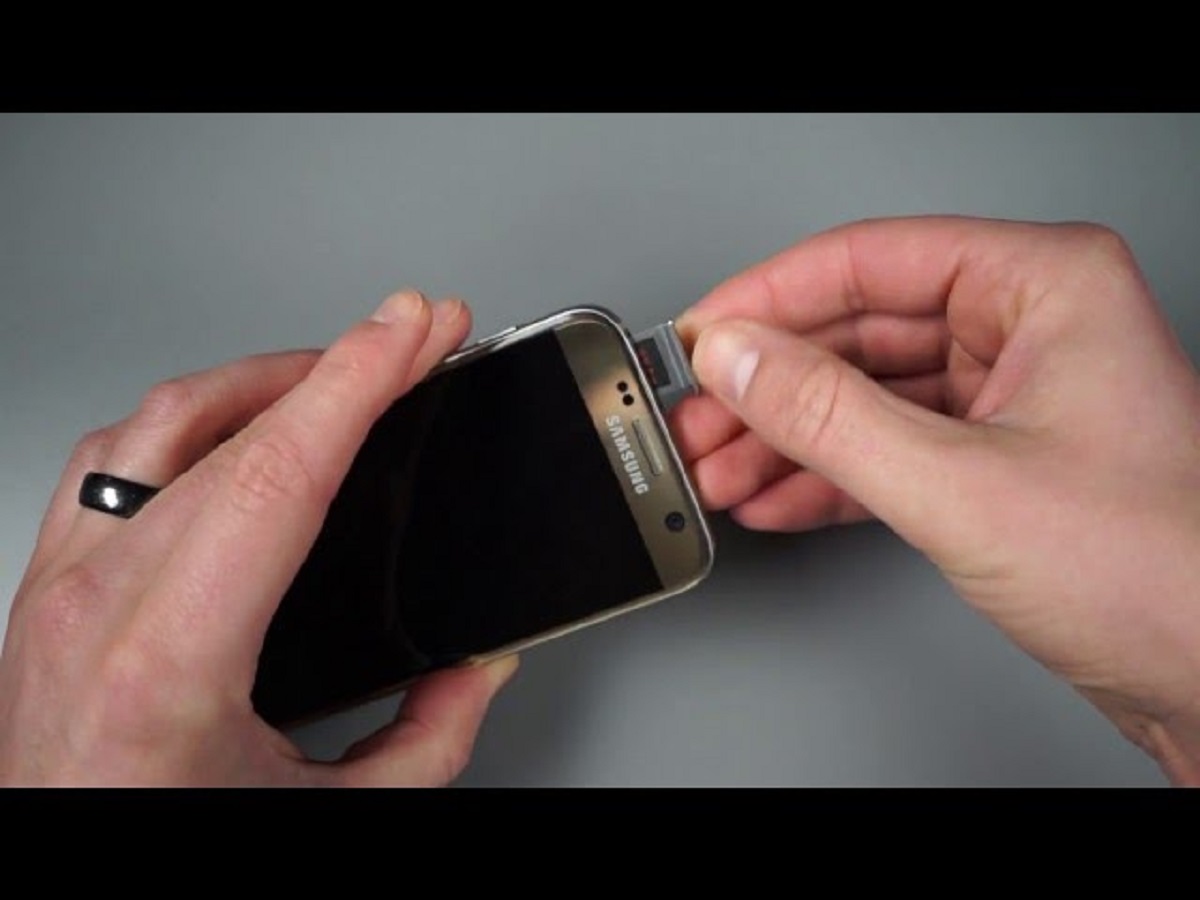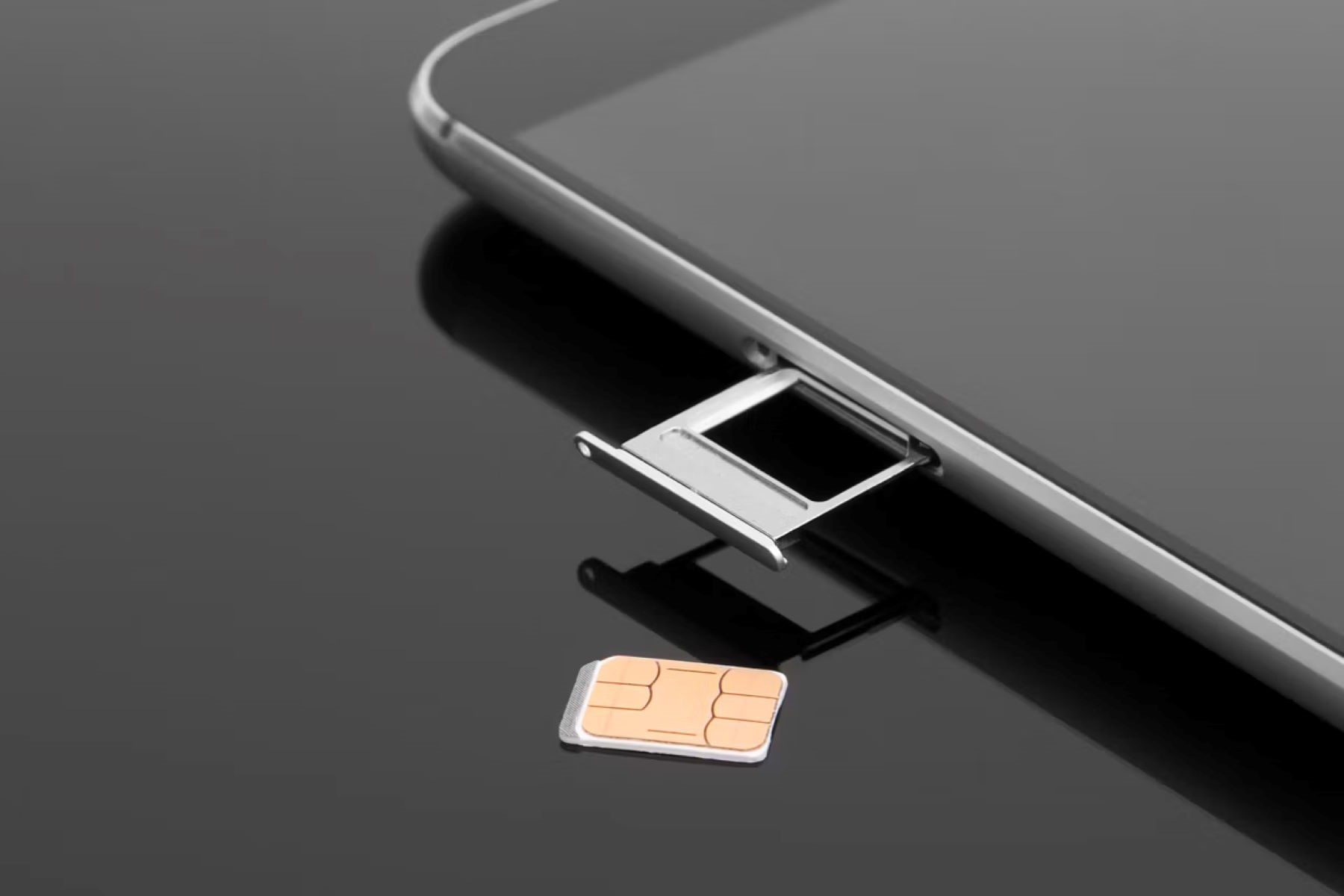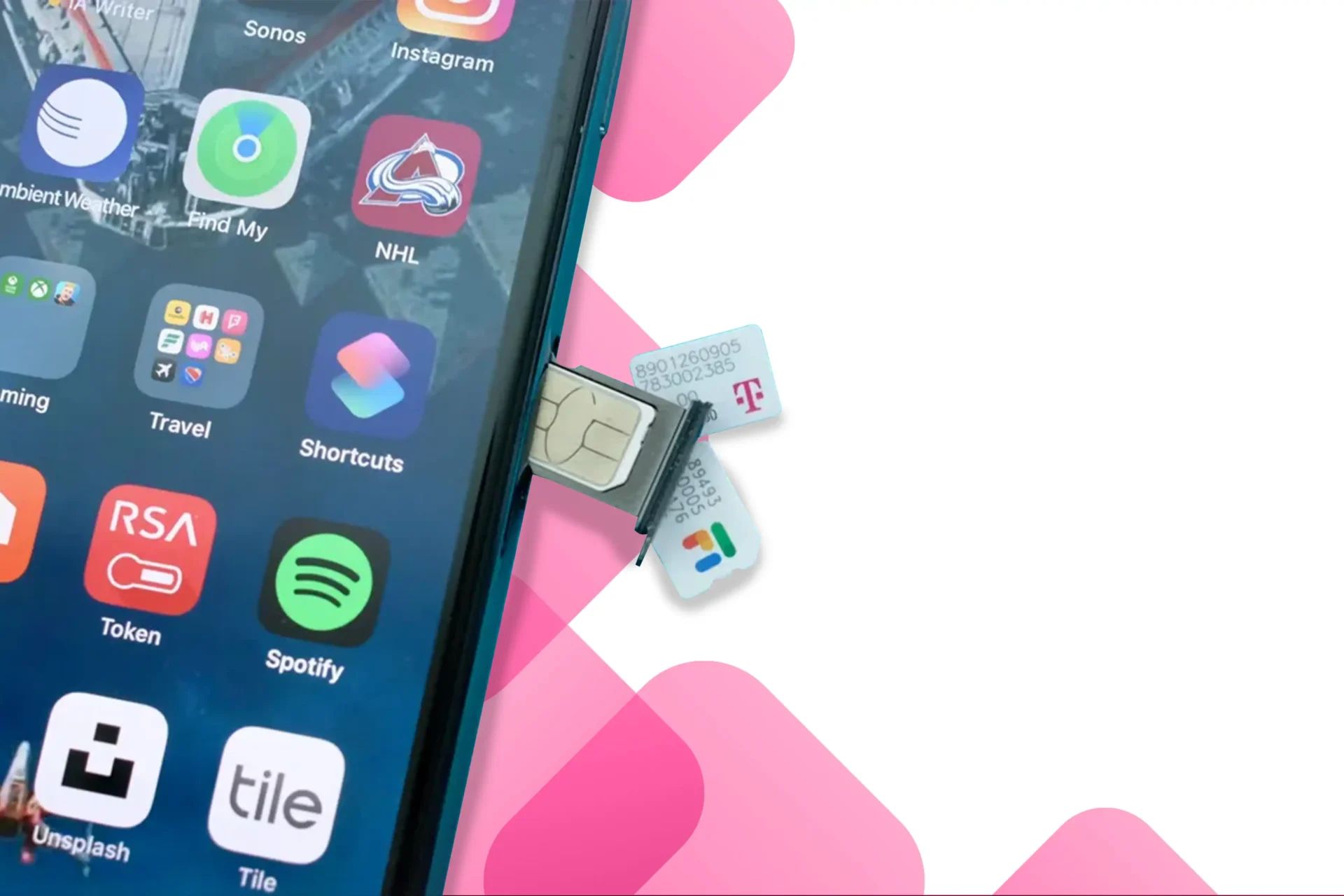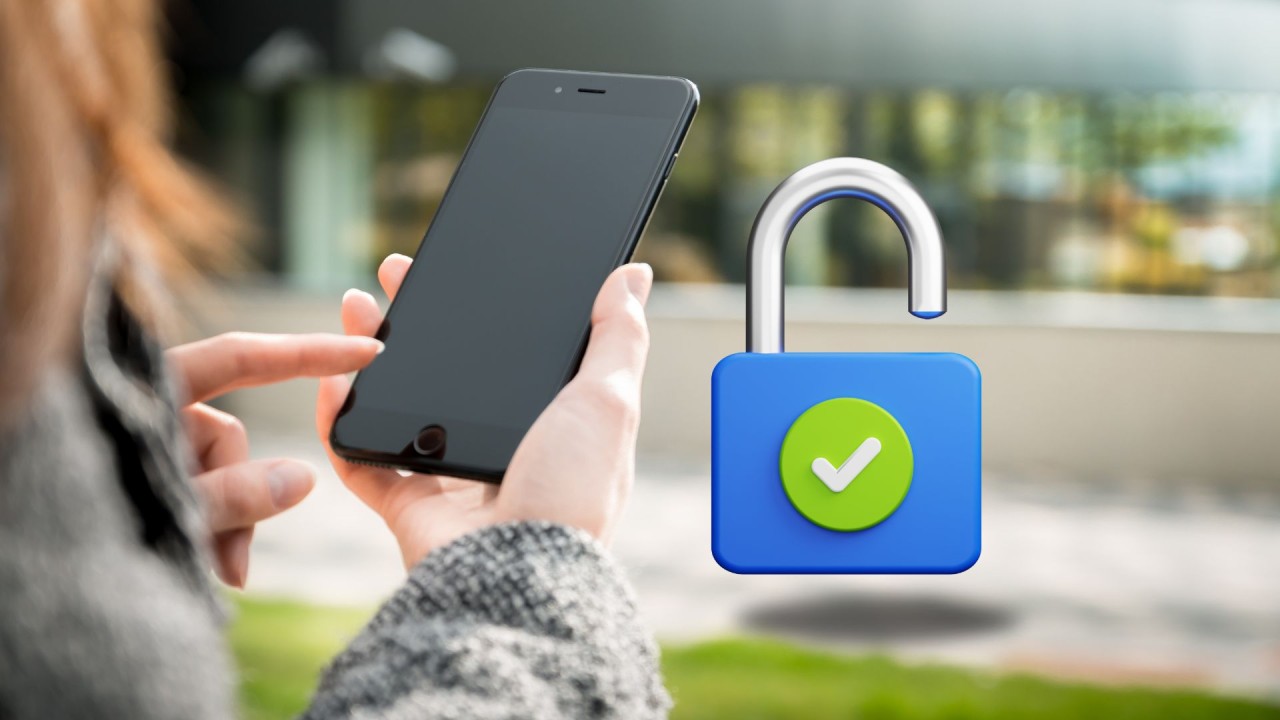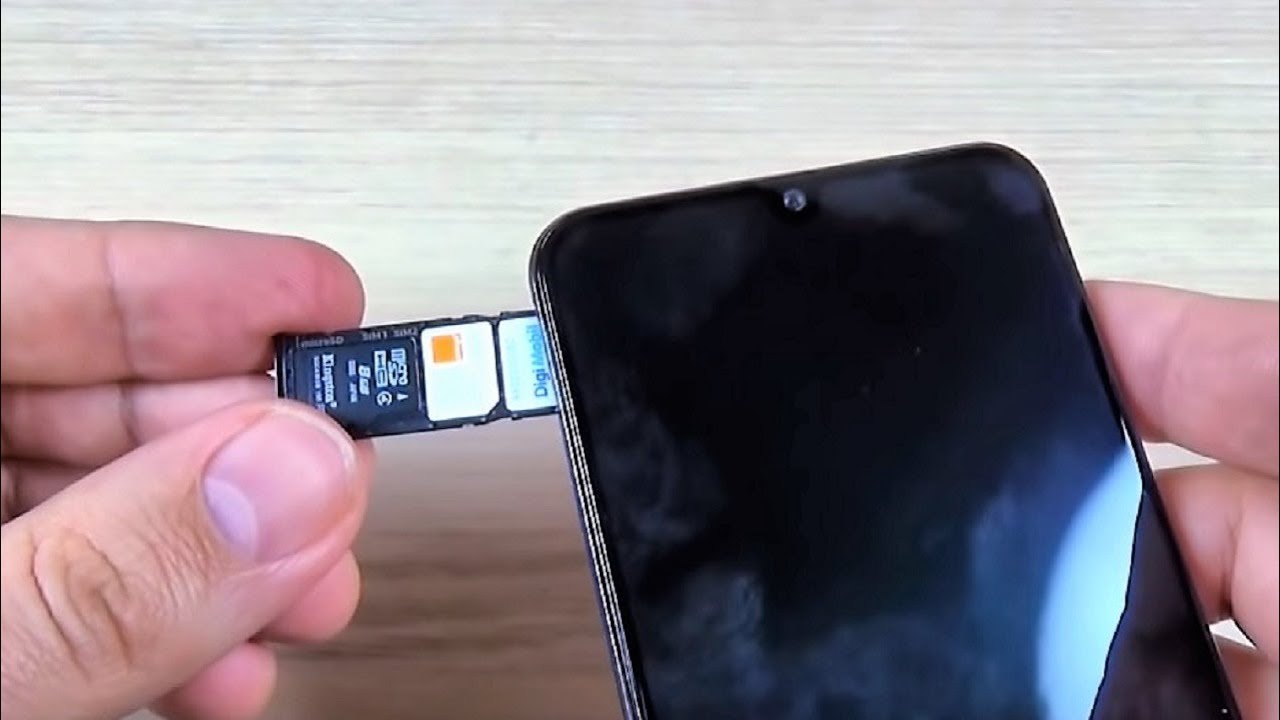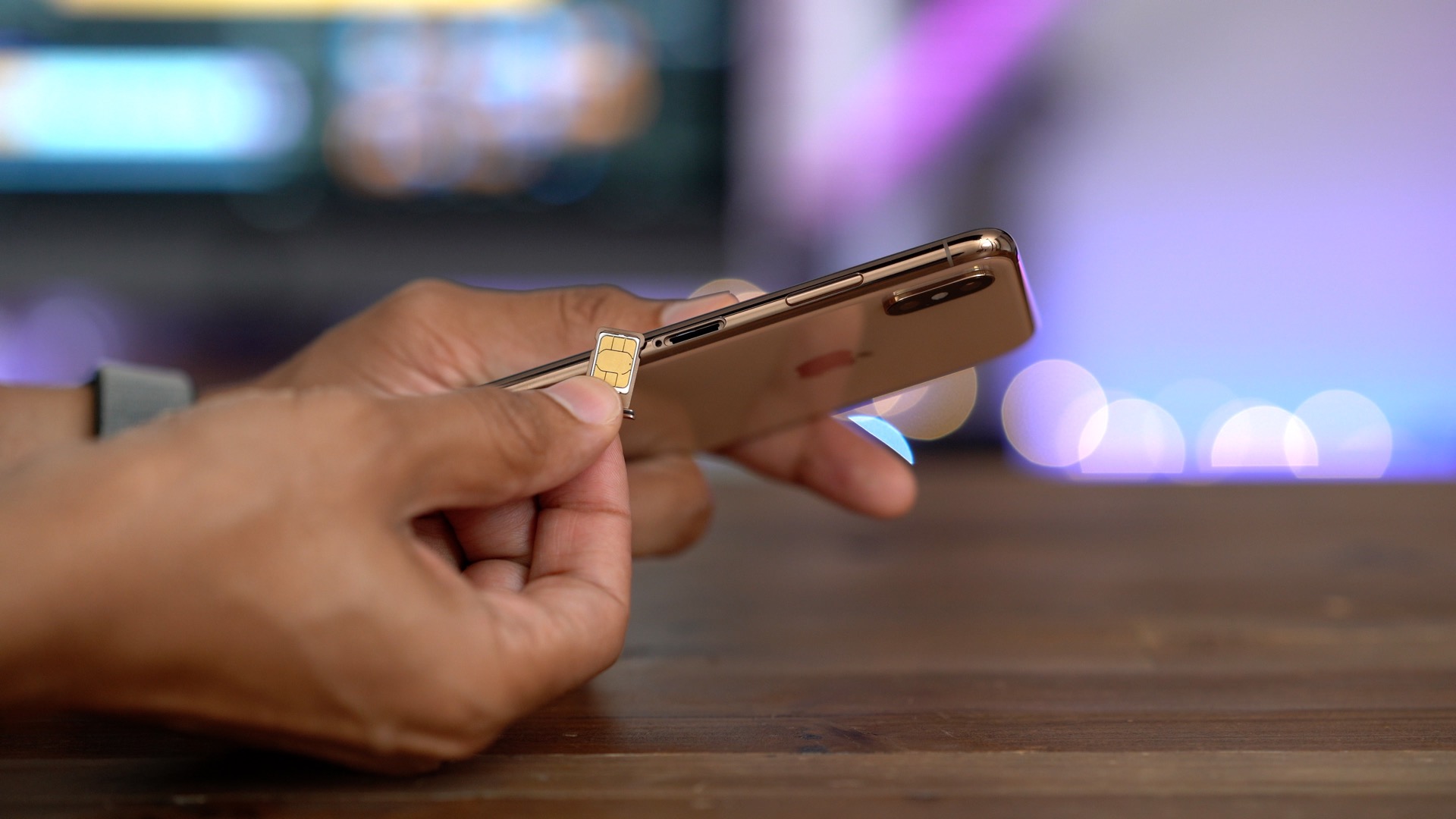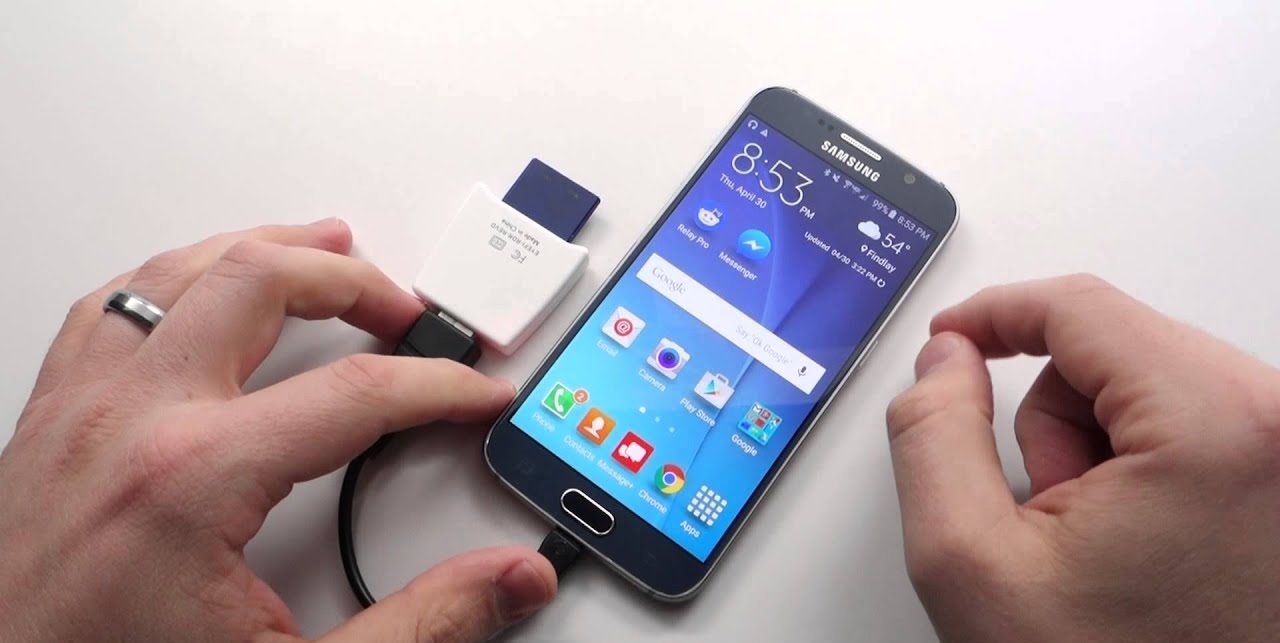Introduction
When it comes to mobile devices, the SIM card plays a crucial role in connecting us to the digital world. It's a small, unassuming chip that holds the key to our cellular identity, enabling us to make calls, send texts, and access mobile data. However, there are times when we need to switch our SIM card to a different phone. This could be due to an upgrade, a temporary replacement, or simply the desire to use a different device. Whatever the reason, it's essential to understand what to expect when making this transition.
Moving a SIM card to a different phone involves more than just physically transferring the card. It entails considerations such as compatibility, activation, data transfer, and potential issues that may arise during the process. By delving into these aspects, we can gain a comprehensive understanding of the steps involved and ensure a smooth transition between devices.
In the following sections, we will explore the intricacies of transferring a SIM card to a different phone. From understanding the compatibility of SIM cards with various devices to navigating the activation process, we will delve into the details of this mobile transition. Additionally, we'll address the transfer of data, the functionality of calls and texts, and potential troubleshooting measures. By the end of this exploration, you'll be well-equipped to navigate the process of moving your SIM card to a different phone with confidence and ease.
Compatibility of SIM Cards
When considering the compatibility of SIM cards with different phones, it's crucial to understand the various types of SIM cards and the devices they are designed to work with. SIM cards come in different form factors, including the standard SIM, micro-SIM, and nano-SIM. The standard SIM, which is the largest in size, was prevalent in older devices. As technology evolved, the smaller micro-SIM and nano-SIM cards became the standard for newer smartphones.
Before transferring a SIM card to a different phone, it's essential to ensure that the new device accommodates the specific SIM card type. Most modern smartphones are designed to accept nano-SIM cards, while some older models may still use micro-SIM cards. Additionally, there are adapters available to convert between different SIM card sizes, allowing for greater flexibility when switching between devices.
Furthermore, compatibility extends beyond the physical dimensions of the SIM card. Different mobile carriers utilize distinct network technologies, such as GSM and CDMA. When switching devices, it's important to consider whether the new phone is compatible with the network technology used by the SIM card's carrier. For instance, a GSM-compatible phone may not work with a CDMA-based SIM card and vice versa.
In some cases, smartphones are designed to support multiple SIM cards, allowing users to switch between different carriers or phone numbers without physically removing and inserting SIM cards. This feature, known as dual-SIM capability, provides added flexibility for users who require connectivity across multiple networks.
Understanding the compatibility of SIM cards with different phones involves not only the physical fit of the card but also the technological specifications and network compatibility. By ensuring that the SIM card aligns with the form factor and network technology supported by the new phone, users can seamlessly transition their cellular identity to a different device.
Activation Process
The activation process of a SIM card in a different phone is a pivotal step in ensuring seamless connectivity. When moving a SIM card to a new device, the activation process involves establishing the necessary network connection and ensuring that the SIM card is recognized and operational in the new handset.
Upon inserting the SIM card into the new phone, the device will typically prompt the user to complete the activation process. This may involve entering a PIN or PUK code to unlock the SIM card and gain access to the cellular network. In some cases, the activation process may be automatic, with the phone detecting the SIM card and initiating the necessary setup procedures.
For new or replacement SIM cards, activation often requires contacting the mobile carrier to register the SIM card on the network. This can be done through various channels, including online activation portals, customer service hotlines, or visiting a carrier's retail store. During the activation process, users may need to provide the SIM card's unique identification details, such as the ICCID (Integrated Circuit Card Identifier), which is a crucial identifier for linking the SIM card to the user's account and initiating network connectivity.
Once the SIM card is activated and the phone establishes a connection to the carrier's network, users can typically make calls, send texts, and access mobile data, provided their service plan is active and in good standing. It's important to note that the activation process may vary depending on the mobile carrier and the specific procedures they have in place.
Additionally, some mobile carriers offer tools and apps that streamline the activation process, allowing users to activate their SIM cards directly from their smartphones. These self-service activation methods provide convenience and flexibility, enabling users to complete the activation without the need for direct customer support.
In the event that the activation process encounters issues, such as network connectivity problems or SIM card recognition issues, reaching out to the mobile carrier's support channels can provide assistance in resolving these issues. Troubleshooting steps may include verifying the SIM card's compatibility with the new phone, ensuring that the device is unlocked for use with different carriers, and confirming that the account associated with the SIM card is in good standing.
By understanding and navigating the activation process when moving a SIM card to a different phone, users can ensure that their cellular connectivity is established and operational, allowing them to fully utilize their new device for calls, texts, and data access.
Data Transfer
When transitioning a SIM card to a different phone, the transfer of data is a critical consideration. While the SIM card primarily stores information related to cellular connectivity, such as the user's phone number and carrier details, modern smartphones rely on additional storage mediums, such as internal memory and cloud services, to store a wide array of data, including contacts, messages, and multimedia content.
One of the primary data components linked to a SIM card is the contact list. Contacts stored on the SIM card can be transferred to the new phone to ensure that essential phone numbers and contact details are readily available. Many smartphones offer built-in tools that facilitate the transfer of contacts from the SIM card to the device's internal storage, allowing users to seamlessly access their contact list on the new phone.
In addition to contacts, text messages stored on the SIM card may also need to be transferred to the new device. While SIM cards have limited storage capacity for messages, they can hold a significant number of text messages, especially those related to important communications. To transfer these messages, users can utilize messaging apps or built-in transfer functionalities to migrate their text message history from the SIM card to the new phone.
Furthermore, multimedia content, such as photos, videos, and music, are typically stored in the internal memory of a smartphone or in cloud-based storage platforms. When switching to a different phone, it's essential to ensure that this multimedia content is accessible on the new device. This may involve syncing the content with cloud services, transferring files via USB connections, or leveraging backup and restore features to seamlessly transition multimedia data.
Moreover, some smartphones offer migration tools that streamline the transfer of data from the old device to the new one. These tools may encompass comprehensive data migration, including contacts, messages, multimedia content, app settings, and more, providing a convenient and efficient means of transitioning to a different phone while retaining essential data.
By addressing the transfer of data when moving a SIM card to a different phone, users can ensure that their essential information, including contacts, messages, and multimedia content, seamlessly transitions to the new device, enabling a smooth and uninterrupted mobile experience.
Call and Text Functionality
When moving a SIM card to a different phone, ensuring the seamless functionality of calls and texts is paramount. These fundamental communication features are at the core of our mobile experience, and it's essential to understand how they are affected by the transition between devices.
Upon transferring the SIM card to the new phone and completing the activation process, users can expect their call and text functionality to be readily available. The phone number associated with the SIM card remains unchanged, allowing users to make and receive calls as they normally would. Additionally, the ability to send and receive text messages is preserved, ensuring that essential communication channels remain open.
Modern smartphones offer a range of features and settings related to calls and texts, allowing users to customize their communication experience. Call management functionalities, such as call forwarding, call waiting, and voicemail, seamlessly carry over to the new device, ensuring that users can manage their incoming and outgoing calls with ease.
Moreover, text messaging capabilities, including SMS (Short Message Service) and MMS (Multimedia Messaging Service), remain fully operational on the new phone. This means that users can continue to send and receive text messages, as well as multimedia messages containing images, videos, and audio clips, without any interruption.
In some cases, users may need to configure specific settings related to call and text functionality, such as call barring, international dialing, or message center numbers. These settings can typically be accessed through the phone's settings menu or the carrier's service menu, allowing users to tailor their communication preferences to their specific needs.
Furthermore, the new phone may offer additional features and enhancements related to calls and texts, such as advanced call screening options, spam call blocking, and integrated messaging platforms. Exploring these features can provide users with a deeper understanding of the communication capabilities offered by their new device.
By ensuring that the call and text functionality seamlessly carries over when moving a SIM card to a different phone, users can maintain uninterrupted communication channels, allowing them to stay connected with friends, family, and colleagues without any disruption.
This comprehensive overview of the call and text functionality provides users with a clear understanding of what to expect when transitioning their SIM card to a new device, ensuring a smooth and seamless experience when it comes to essential communication features.
Potential Issues and Troubleshooting
Moving a SIM card to a different phone may encounter potential issues that could impact the seamless transition of cellular connectivity. Understanding these issues and having troubleshooting measures in place can mitigate any challenges that may arise during the process.
One common issue when transferring a SIM card to a new phone is related to network compatibility. If the new device operates on a different network technology than the SIM card's carrier, it may result in connectivity issues. Troubleshooting this involves verifying the network compatibility of the phone and ensuring that it aligns with the network technology utilized by the carrier. In cases where the phone is not compatible, users may need to consider alternative devices or explore options for network migration with their carrier.
Another potential issue involves the activation of the SIM card on the new device. If the activation process encounters errors or delays, users can troubleshoot by ensuring that the SIM card is inserted correctly, contacting their mobile carrier for assistance, and verifying that the phone is unlocked for use with different carriers. Additionally, checking for software updates on the new device can address potential compatibility issues that may hinder the activation process.
SIM card recognition and detection problems are also common when switching phones. If the new device fails to recognize the SIM card or displays error messages related to SIM card detection, troubleshooting steps include cleaning the SIM card and the phone's SIM tray, ensuring that the SIM card is properly seated, and restarting the device to initiate a fresh recognition process. In some cases, updating the phone's software or resetting network settings can resolve SIM card detection issues.
Furthermore, users may encounter data transfer issues when migrating to a new phone. If contacts, messages, or multimedia content fail to transfer successfully, troubleshooting involves checking for compatibility between the old and new devices, ensuring that the data transfer methods are properly executed, and utilizing backup and restore features to facilitate a comprehensive data migration. Additionally, exploring third-party data transfer tools and apps can provide alternative solutions for seamless data transition.
In the event of persistent issues during the SIM card transition, reaching out to the mobile carrier's support channels can provide valuable assistance in troubleshooting and resolving technical challenges. Carrier support representatives can offer guidance on specific issues, provide insights into network compatibility, and facilitate the resolution of activation and connectivity problems.
By being aware of potential issues and having troubleshooting measures at hand, users can navigate the process of moving a SIM card to a different phone with confidence and address any challenges that may arise, ensuring a smooth and successful transition of their cellular identity to the new device.
Conclusion
In conclusion, the process of moving a SIM card to a different phone involves a series of considerations that are essential for a seamless transition of cellular connectivity. Understanding the compatibility of SIM cards with various devices, navigating the activation process, addressing data transfer requirements, ensuring the functionality of calls and texts, and being prepared for potential issues and troubleshooting are key components of this transition.
By comprehensively exploring the compatibility of SIM cards, users can ensure that the physical and technological specifications of the SIM card align with the new phone, facilitating a smooth fit and operational compatibility. Additionally, being mindful of the network technology utilized by the carrier and the potential for dual-SIM capabilities provides users with a broader perspective on the versatility of their devices.
The activation process plays a pivotal role in establishing network connectivity and ensuring that the SIM card is recognized and operational in the new phone. By understanding the activation procedures and being prepared to troubleshoot any potential issues, users can swiftly establish their cellular connectivity and leverage the full functionality of their new device.
The transfer of data, encompassing contacts, messages, and multimedia content, is a crucial aspect of the SIM card transition. By leveraging built-in migration tools and exploring data transfer methods, users can seamlessly transition their essential information to the new phone, enabling a seamless continuation of their digital experience.
Ensuring the seamless functionality of calls and texts on the new device is paramount for uninterrupted communication. By understanding the preservation of call and text features and exploring additional communication enhancements offered by the new phone, users can fully utilize the communication capabilities of their new device.
Finally, being aware of potential issues and having troubleshooting measures in place empowers users to address any challenges that may arise during the SIM card transition. By proactively engaging with carrier support and exploring alternative solutions, users can navigate potential obstacles with confidence.
In essence, the process of moving a SIM card to a different phone is a multifaceted endeavor that encompasses physical, technological, and operational considerations. By understanding and addressing these aspects, users can seamlessly transition their cellular identity to a new device, ensuring a smooth and uninterrupted mobile experience.







